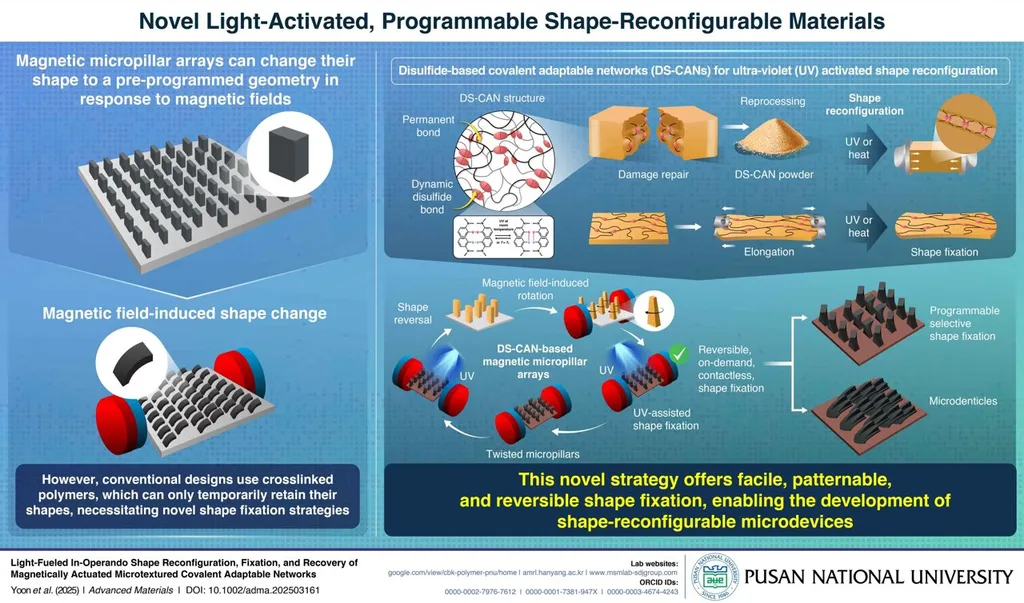In a significant stride towards enhancing energy efficiency in electronic and industrial applications, researchers have developed a novel method for creating high-performance soft magnetic composites. The study, led by Yongheum Choi from the Korea Institute of Industrial Technology (KITECH) and Hanyang University, introduces a rotary reactor-based sputtering technique that promises to revolutionize the production of these crucial materials.
Soft magnetic composites are integral to a wide range of devices, from transformers to electric motors, due to their ability to manage magnetic fields efficiently. However, their performance has been limited by issues such as power loss and magnetic permeability. Choi’s research addresses these challenges head-on by employing a rotary reactor to apply a uniform coating of Fe3O4 on FeSiBCr amorphous magnetic powder. This process allows for precise control of the coating thickness, which was varied between 15 and 50 nanometers to optimize performance.
The results are impressive. Powders coated with a 15-nanometer-thick layer of Fe3O4 exhibited a remarkable 73.5% reduction in power loss compared to uncoated samples. Additionally, the effective permeability of these coated powders improved by up to 133.8% compared to bare powders. “The introduction of an amorphous Fe3O4 layer not only enhances the magnetic properties but also serves as an oxygen source, leading to the formation of an interfacial SiO2 layer that significantly reduces eddy current losses,” explains Choi.
This innovative approach offers a scalable solution that could have profound implications for the energy sector. By minimizing power loss and enhancing magnetic permeability, these high-performance soft magnetic composites can contribute to more energy-efficient devices, ultimately reducing energy consumption and costs. “This technique provides a significant improvement over traditional coating methods, paving the way for advanced applications in electronic and industrial sectors,” Choi adds.
The research, published in the journal *Materials & Design* (translated as *Materials and Design*), highlights the potential for this technology to shape future developments in the field. As the demand for energy-efficient solutions continues to grow, the ability to produce high-performance soft magnetic composites with optimized coatings could be a game-changer. This study not only advances our understanding of material science but also opens new avenues for innovation in the energy sector.

